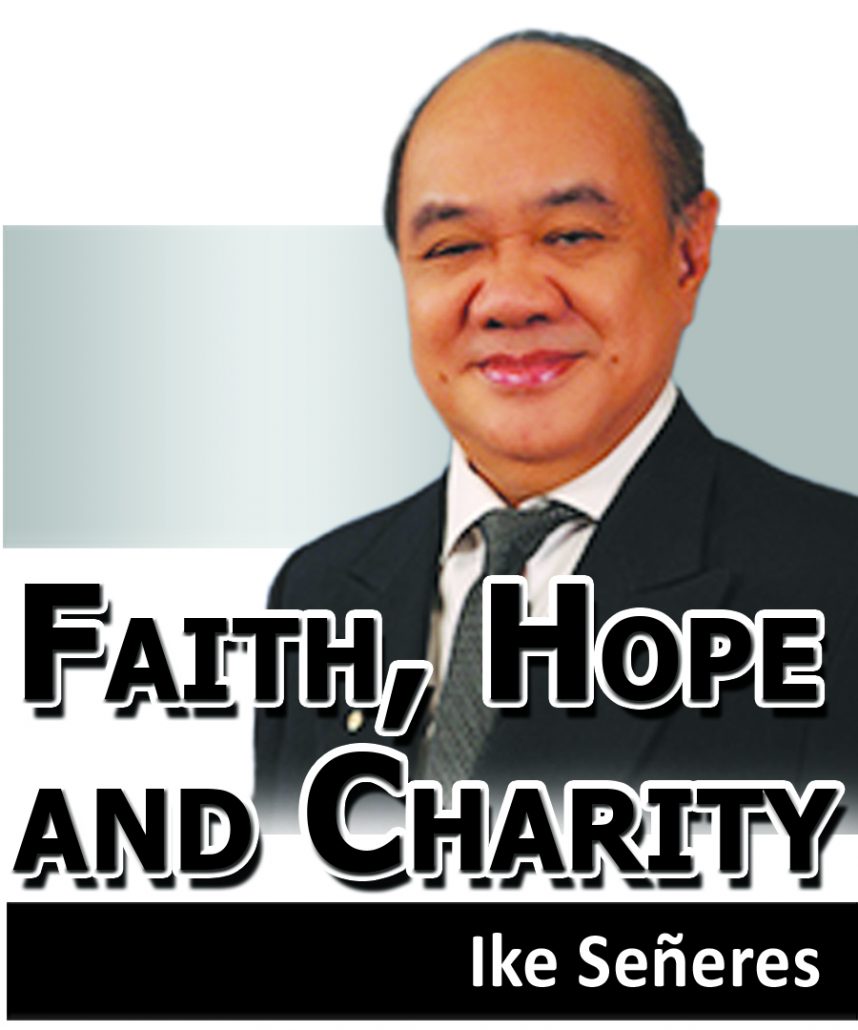 THE DEVELOPMENT arena is full of new paradigms as one bright visionary thinks of something new as an alternative to some other ideas that may not be catching on or may not be doing well.
THE DEVELOPMENT arena is full of new paradigms as one bright visionary thinks of something new as an alternative to some other ideas that may not be catching on or may not be doing well.
For example, “smart cities” were the talk of the town only a few years back, at the same time that people were also talking about “green cities”.
I wrote so many articles about this, arguing that cities could not be “smart” not unless they are “green” and vice versa, cities could not be “green” not unless they are smart. Of course, it is implied that if a city is “smart”, it should be able to manage its solid wastes and vice versa, if a city is “green”, it should be able to produce renewable power and recyclable fuels to be able to sustain its “smart” systems.
For lack of a better term, I even argued that being “smart” could actually mean being “blue”, because “blue” is the color of connectivity that in turn powers everything that makes being “smart” possible.
Just when I am about ready to advocate a “green and blue” economy, I now come across new paradigms such as “safe cities” and “sustainable cities”, so which is which now?
I could imagine that “safe cities” should actually be “green” and “smart” too, otherwise polluted cities could not be “safe”, and disorganized cities could not be “safe” either.
Presumably, supposedly “smart cities” and “green cities” would not be any good if these are not “sustainable”, a term that obviously denotes forever and ever, not just until the end of a political reign. Of course, it also goes without saying that “safe cities” have to be safe and have to remain “safe” forever and ever, even if the threats and dangers around it would also change forever and ever.
I do know that technologies could easily adapt to the needs of mankind, but the question seems to perpetually hang, whether or not mankind could adapt as a species to adapt to the new threats and dangers.
Having sent my brother a picture of what a “future city” could look like, he asked me what the future of his city could be like. Without thinking twice, I told him that the future of his city should start with the “vision” of its present leaders.
Going direct to the point, I told him that without a “vision”, there is no good “future city” to imagine, meaning that everything would probably remain in the status quo.
In theory, there could be progress in terms of having more traffic, but there will be no development in terms of having more roads. I also wrote so many articles about this, that runaway progress could happen, but planned development will never happen, precisely because of the absence of long-term planning.
Going back what I told my brother, there could never be a defined “mission” not unless there is also a defined “vision”.
The science that initially started out as Management Information Services (MIS) has evolved into Information and Communications Technology (ICT) as we know it now in its present evolution. Just as we are starting to adjust to ICT, the newer evolutionary forms of the science have apparently branched out to other subsidiary sciences, such as the Internet of Things (IOT) and Artificial Intelligence (AI).
At a time when most cities are still struggling with deploying MIS in their city hall offices, the need has emerged to also deploy IOT and AI at the street level, or everywhere in other words.
Don’t get me wrong, but as I see it, city governments are supposed to graduate first from MIS to Customer Relations Management (CRM) and Enterprise Resource Planning (ERP), but it seems that they are now forced by circumstances to jump from grade school to graduate school.
As its name implies, the Metro Manila Development Authority (MMDA) is supposed to be a “development” agency and not a “management” agency as it seems to be behaving now.
When I interviewed an MMDA official years ago, I asked him what the function of MMDA was. He said that it was to manage traffic, garbage and floods.
I was so disgusted with his answer, because he seemed to be fully unaware that the function of the MMDA is to plan for the future, and not to manage the problems of the present.
For practical reasons however, it would be perfectly alright for MMDA to install MIS, IOT and AI solutions to the problems of traffic, garbage and floods, bearing in mind what the future solutions should be in terms of supply and demand, and also the economies of scale.
For all intents and purposes, we could simply agree on using the common term “safe cities”, as long as we could all agree that it also implicitly means being “smart”, being “green”, and being “sustainable” too.
Safety seems to be the higher value in this equation, because it could be argued that there is no use of cities being “smart”, being “green”, and being “sustainable” too if these cities are not “safe”.
That said, it should also implicitly mean that these cities are “secure” and in that broader sense, it should include “human security”, “food security”, “water security” and “energy security”, among others.
I wonder if those who are running for local government positions now could have the vision to look forward into the future to make these happen. If so, it would then be very easy for them to define what their mission is. (iseneres@yahoo.com/PN)

